Space news stories
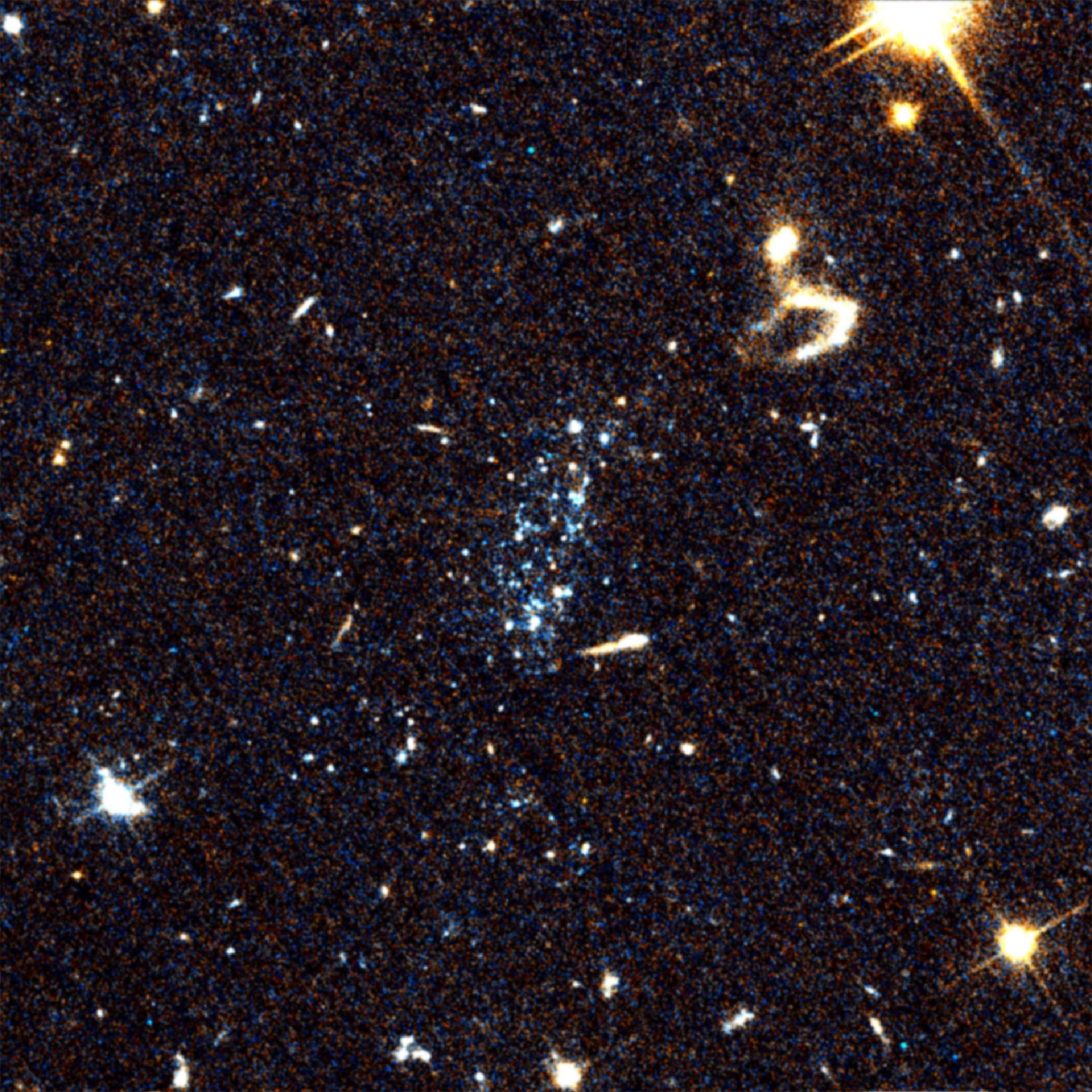
“It’s a lesson in the unexpected,” Jones said. “When you’re looking for things, you’re not necessarily going to find the thing you’re looking for, but you might find something else very interesting.”
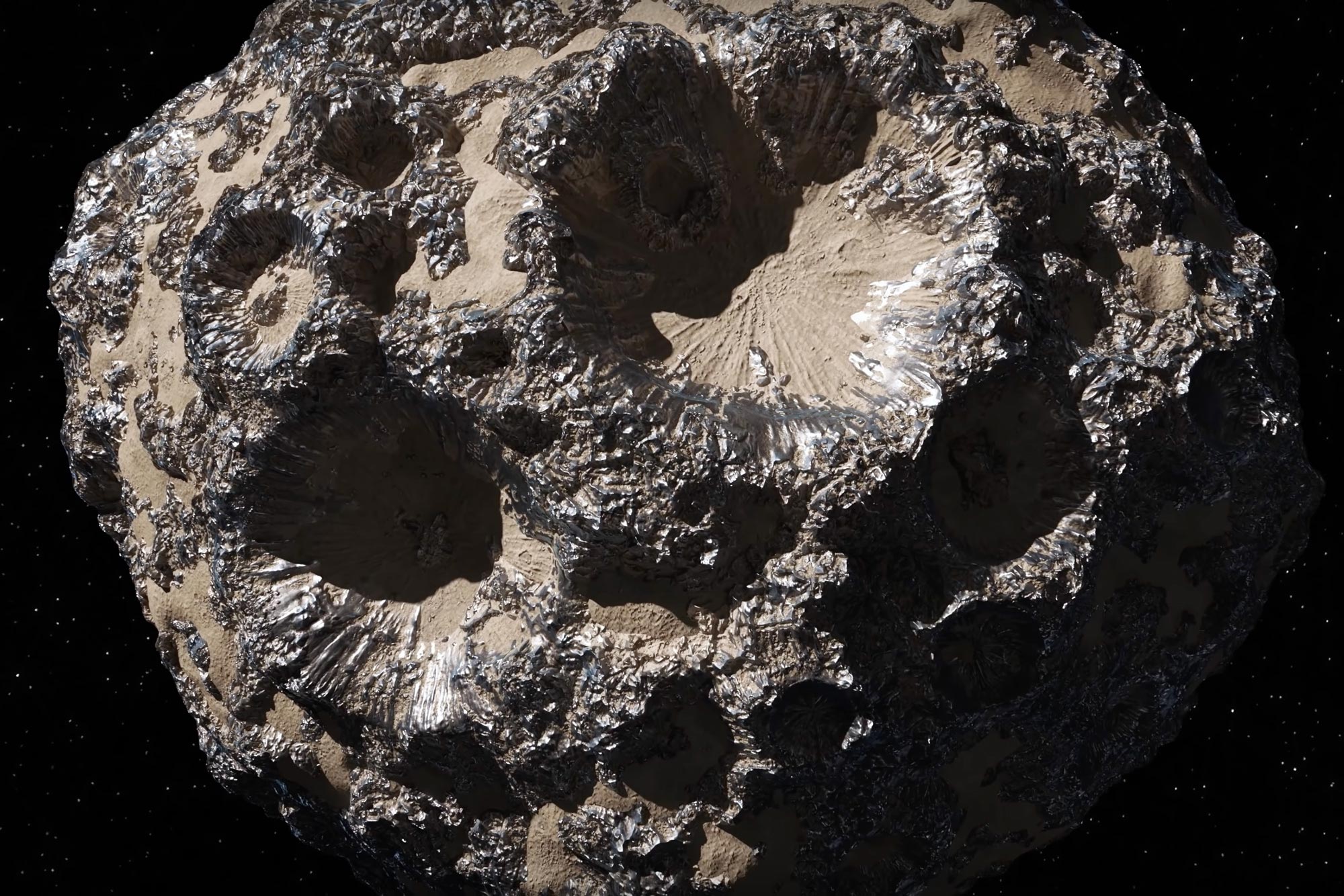
The varied surface of asteroid Psyche suggests a dynamic history, which could include metallic eruptions, asteroid-shaking impacts, and a lost rocky mantle.

Mars object thought to be piece of thermal blanket from when Perseverance touched down on planet
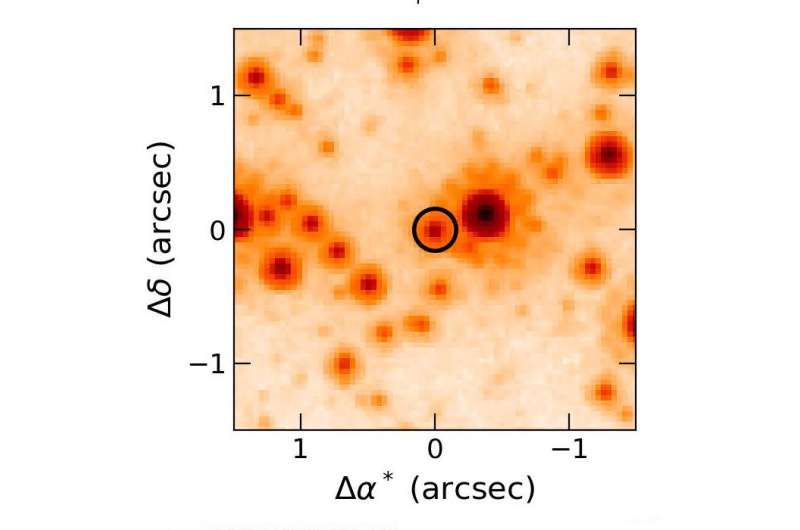
A team led by University of California, Berkeley, astronomers has for the first time discovered what may be a free-floating black hole by observing the brightening of a more distant star as its light was distorted by the object’s strong gravitational field—so-called gravitational microlensing.

Nasa is launching a study of UFOs as part of a new push toward high-risk, high-impact science.
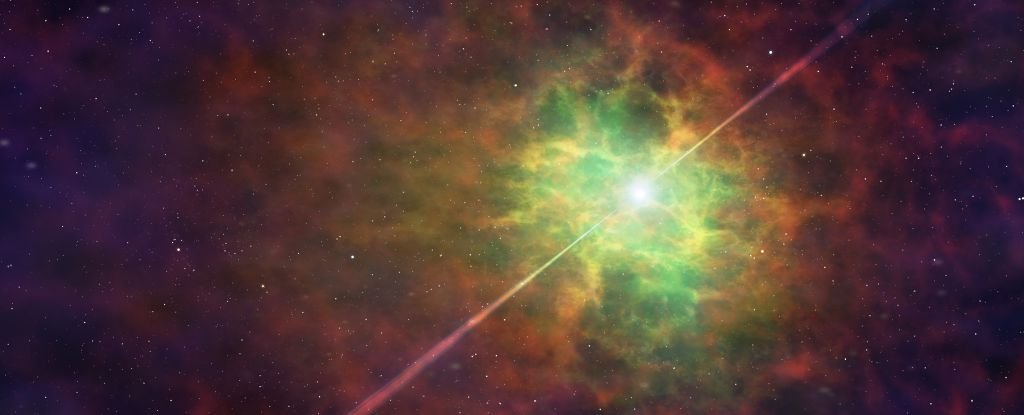
A new member of a category of star so rare we can count the known number of them on our fingers and toes has just been discovered in the Milky Way.
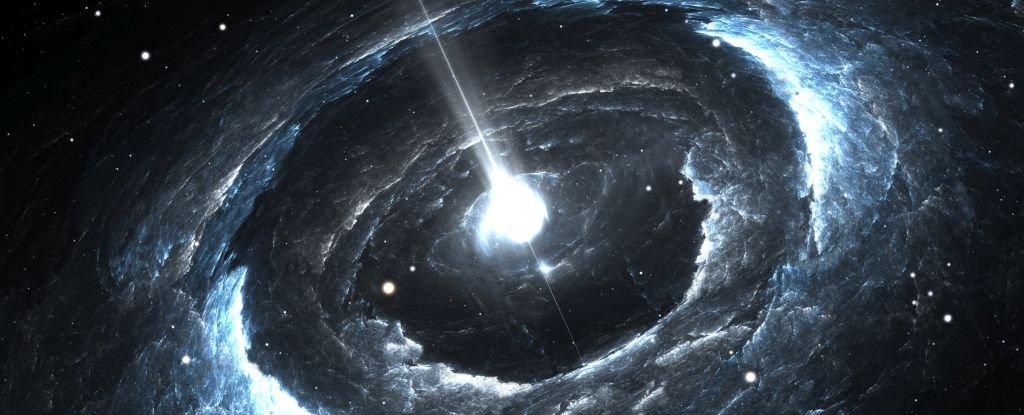
A newly discovered source of repeating fast radio bursts has deepened the mystery of what, precisely, could be producing these powerful outbursts.
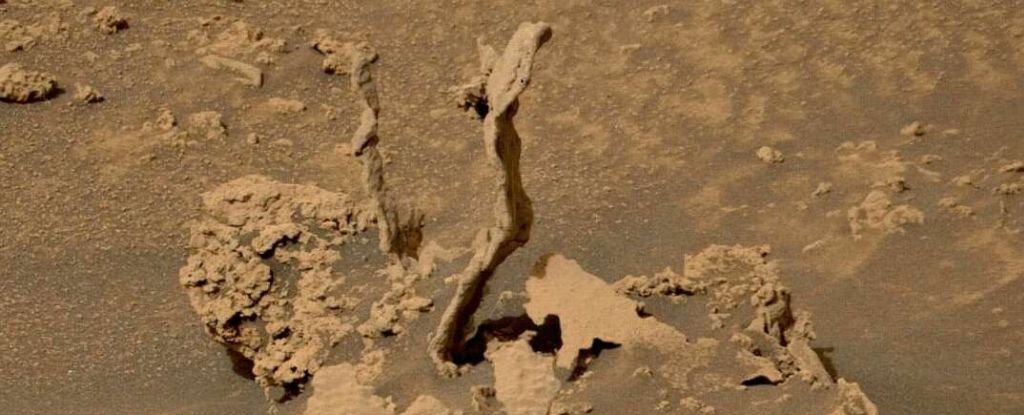
The Curiosity rover has found an outstanding rock formation piercing the alien landscape of Mars.
The discovery of a neutron star emitting slower radio signals than ever recorded suggests there are more to be found.
An international team of astronomers used a database combining observations from the best telescopes in the world, including the Subaru Telescope, to detect the signal from the active supermassive black holes of dying galaxies in the early Universe.
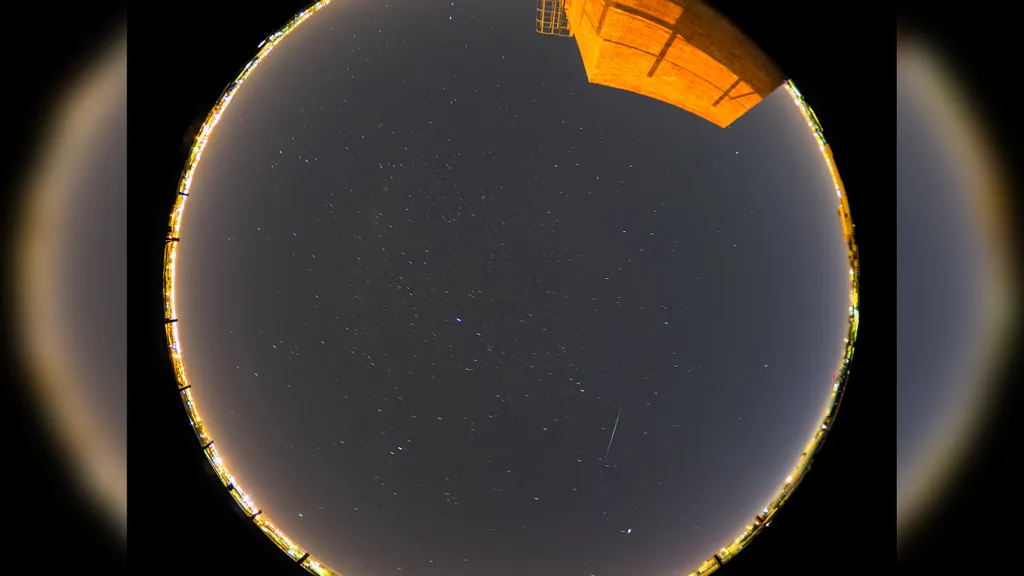
Ready to embrace some meteoric uncertainty? The Tau Herculids meteor shower may light up the skies over North America on May 30 and 31. Or it may not.

Two swarms of curious, diverse space rocks — called Trojan asteroids — continuously journey around the sun, one in front of the gas giant Jupiter and one behind. Jupiter and the sun’s gravity have combined to lock the Trojans into this immutable orbit.
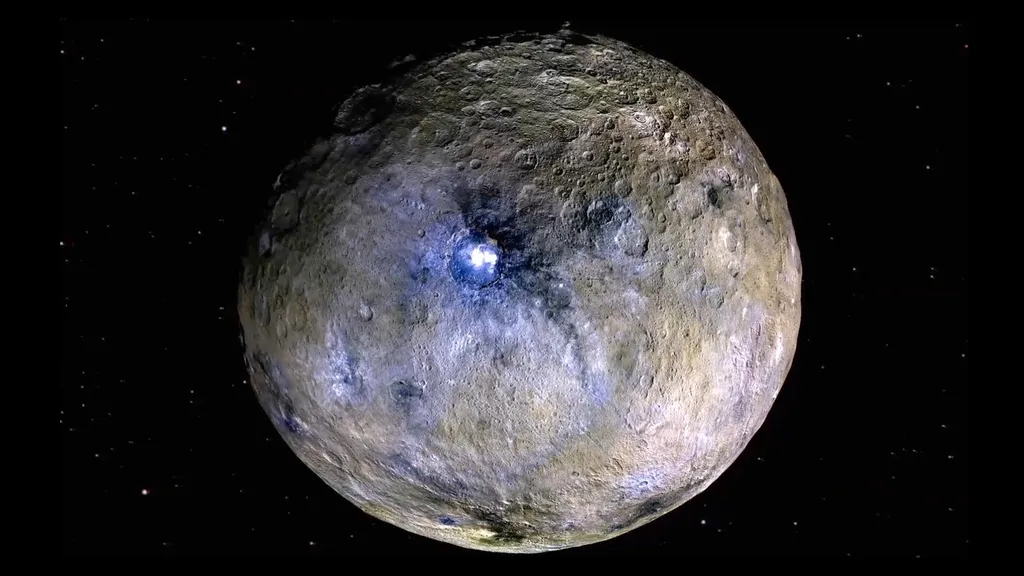
A new computer simulation suggests that dwarf planet Ceres may have been flung by the gravity of gas giant Jupiter toward the sun during the volatile era of planet formation 4.5 billion years ago.
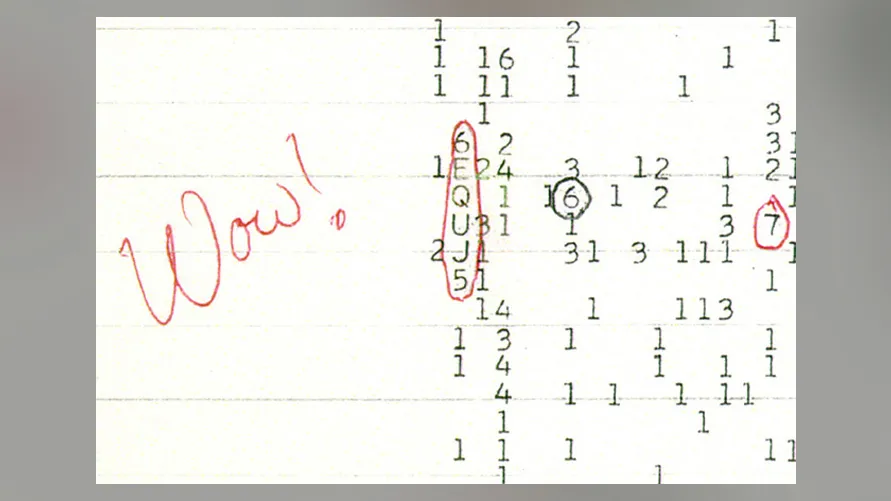
Researchers may have pinpointed the source of a famous supposed alien broadcast discovered nearly a half century ago.

A spacecraft looping around the Sun has made its first close approach – and filmed the encounter in glorious detail.
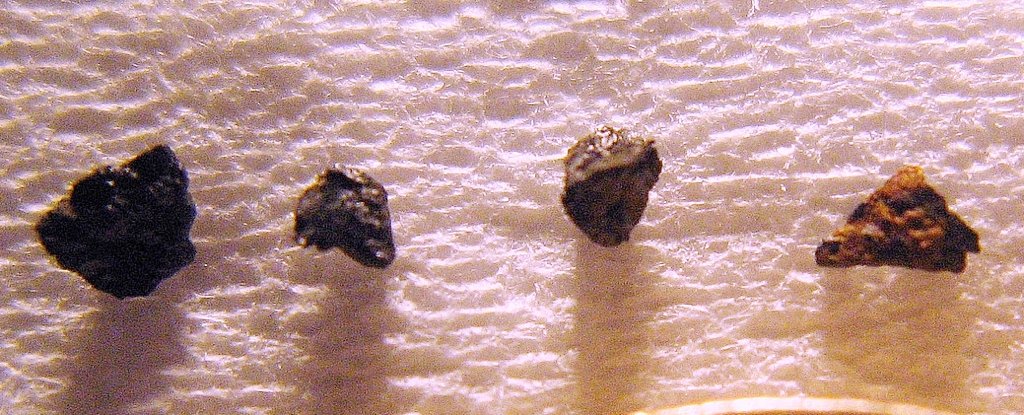
‘Standard candle’ (or type Ia) supernova explosions are some of the most energetic events in the Universe, happening when a dense white dwarf star subsumes another star. Now, scientists think they’re found the first evidence on Earth of such a supernova.








